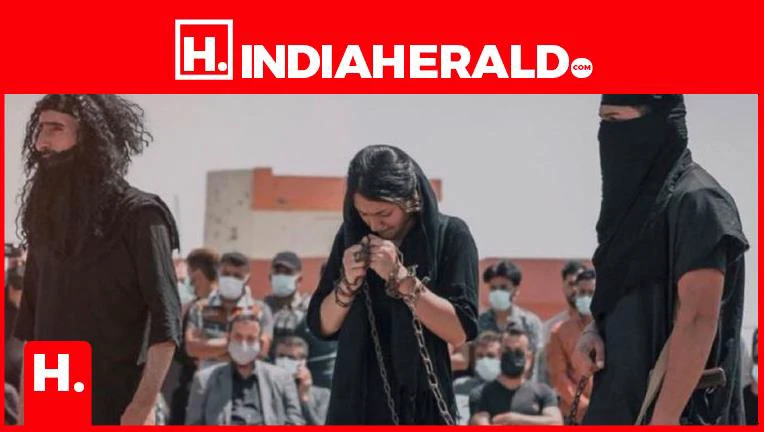The specific claims—elderly women buried alive, mothers forced to eat their own babies, and young girls burned to death in cages—require careful examination. While there is substantial evidence of mass executions, enslavement, and sexual violence, the more graphic details (e.g., mothers forced to eat their babies) lack widespread documentation in official reports. These could stem from anecdotal accounts or exaggerated narratives that have circulated in the aftermath of the genocide.
The persecution of the Yazidis began in earnest when isis launched its offensive in northern iraq in 2014. On august 3, isis militants overran Sinjar, targeting the Yazidi population due to their distinct religious beliefs, which isis deemed heretical. The assault led to the deaths of thousands—estimates range from 2,100 to 4,400—and the abduction of 4,200 to 10,800 individuals, primarily women and children. Survivors fled to Mount Sinjar, where many faced starvation and dehydration before being rescued by Kurdish forces and international airstrikes.
The enslaved Yazidi women were distributed among isis fighters, subjected to systematic rape, and forced into marriages or servitude. Elderly women deemed unfit for slavery were often killed, with some reports indicating mass graves. The burning of individuals in cages has been documented in isis propaganda videos, where captives, including Yazidis, were executed publicly to instill fear. While the claim about mothers being forced to eat their babies lacks corroboration from major human rights bodies, the psychological and physical torment inflicted was profound, with survivors recounting tales of starvation and desperation that could fuel such narratives.
Despite these horrors, the international response has been limited. No large-scale rescue missions were mounted, and prosecutions for genocide and sexual violence have been slow, with only a handful of cases brought before Iraqi courts. The Yazidi community remains displaced, with hundreds of thousands still in camps, and the lack of accountability has fueled frustration.
The Silence and the Comparison to Gaza
While the Yazidi genocide has received relatively little global attention, the conflict in Gaza has sparked widespread protests and media coverage. This disparity is a point of contention. The Gaza conflict, involving israel and Hamas, has been highly politicized, with significant international involvement and a complex geopolitical backdrop. The Yazidi crisis, occurring in a region already destabilized by years of war, lacked a similar narrative hook for global activism. Additionally, the Yazidis, a small and isolated minority, did not have the same level of international advocacy or media presence as other groups.
The silence surrounding these events, compared to the vocal response to Gaza, raises valid questions about global priorities and media focus.
